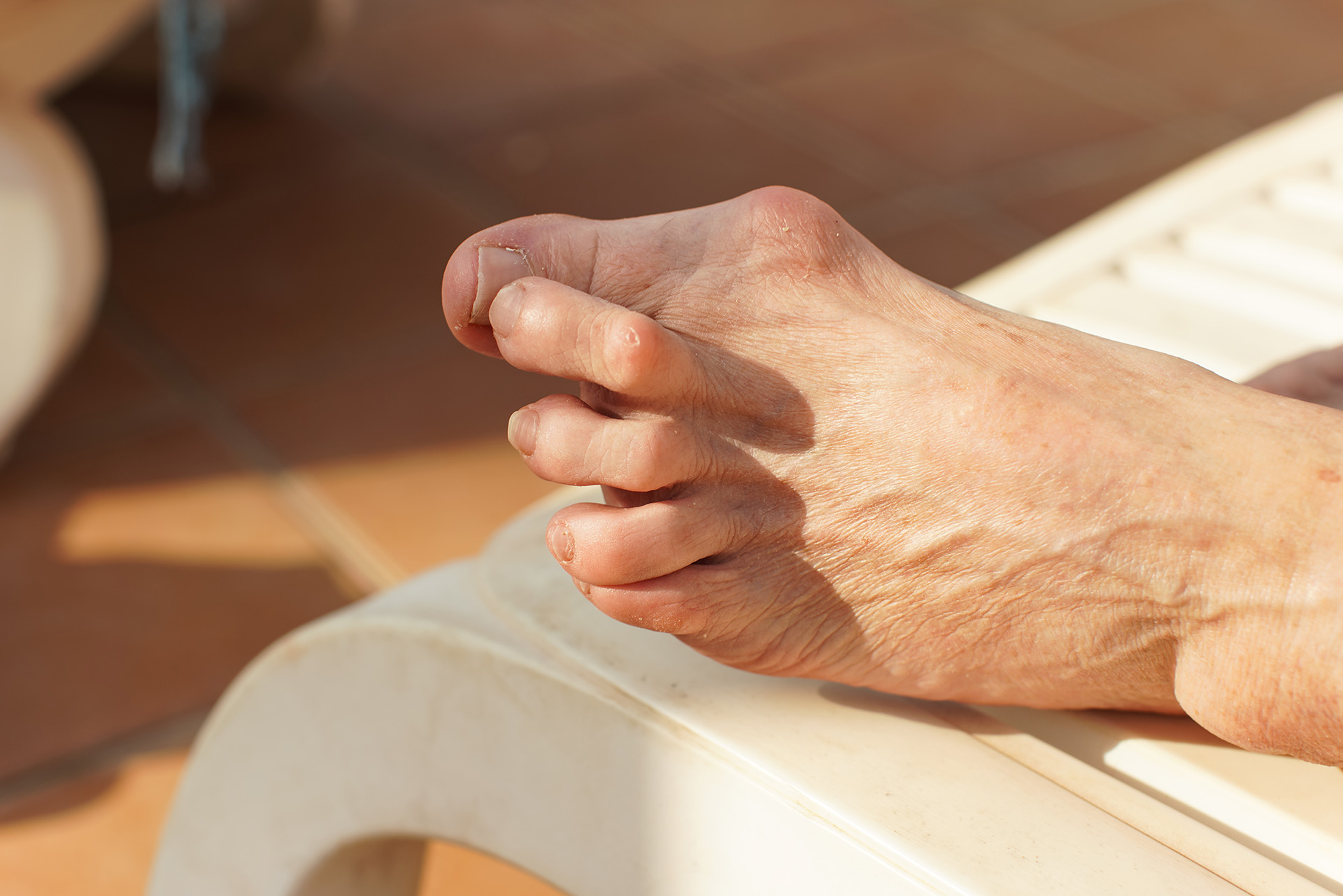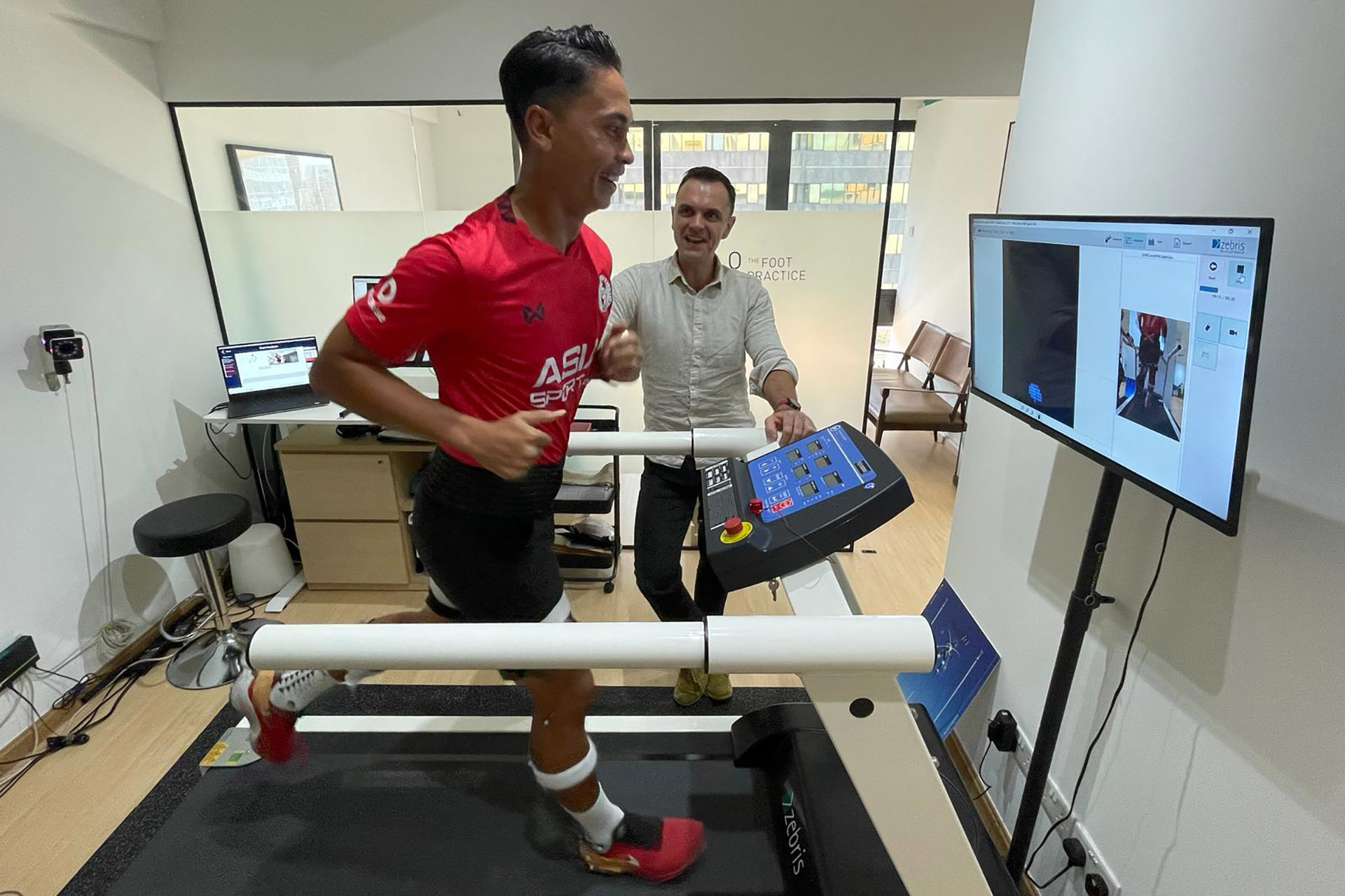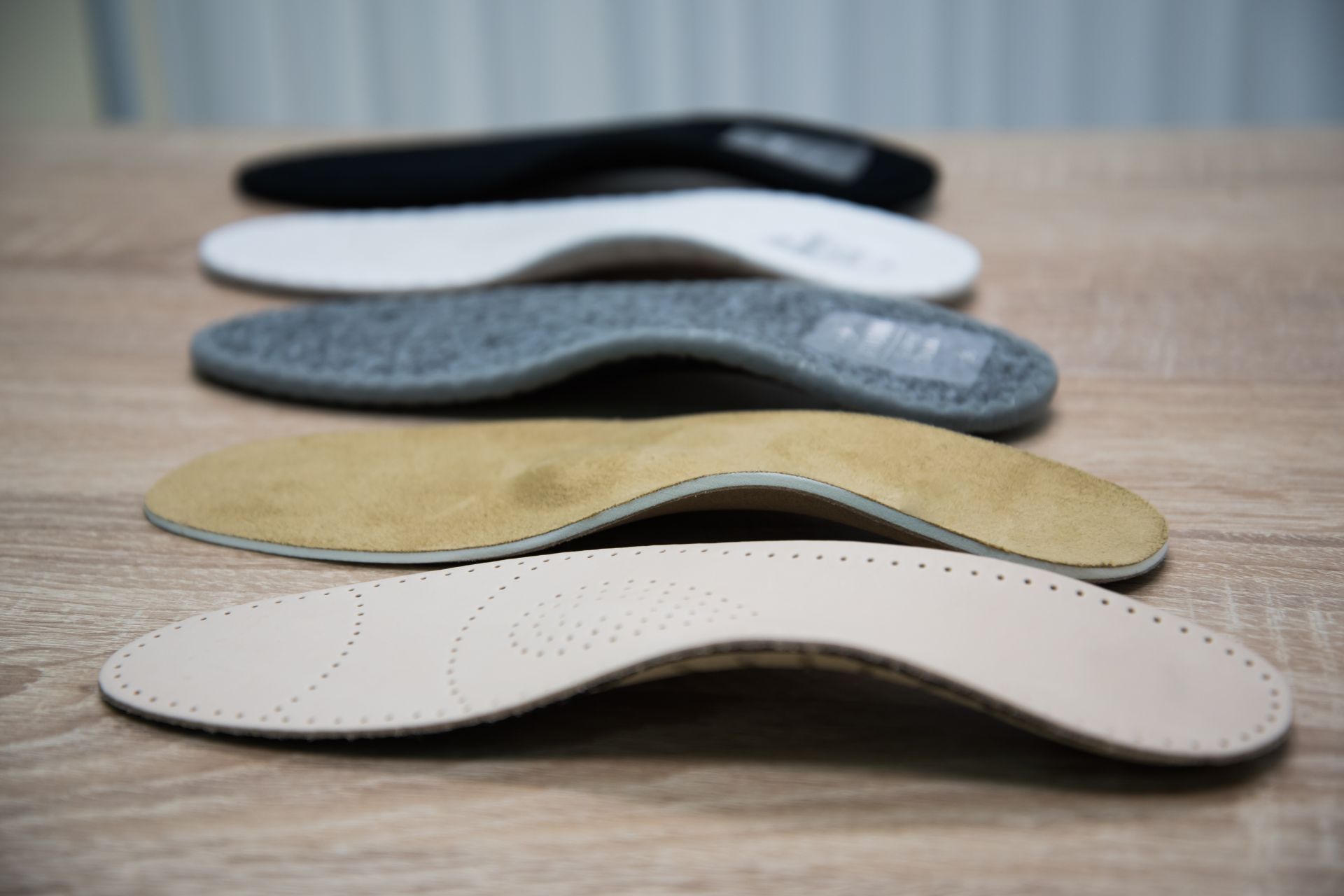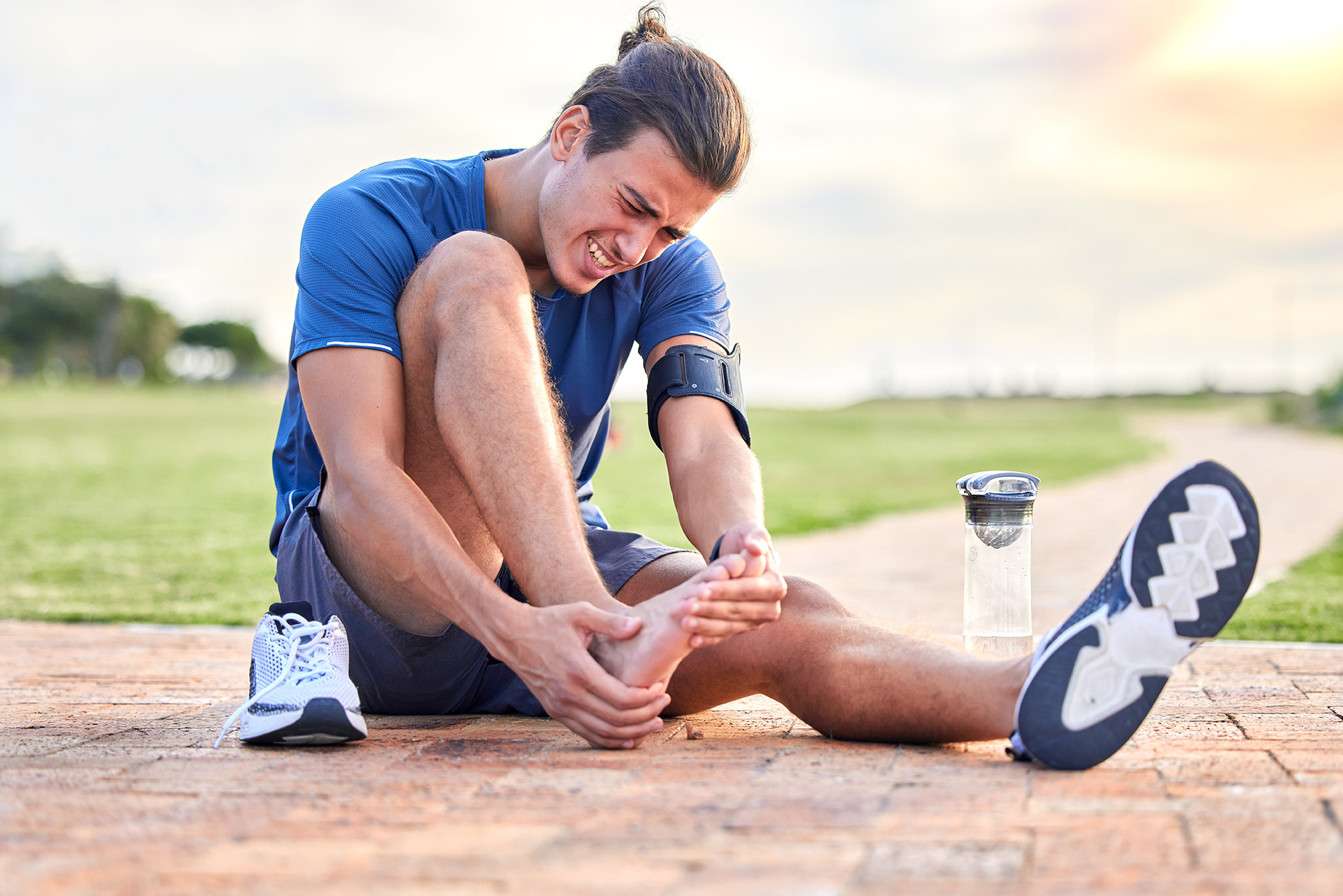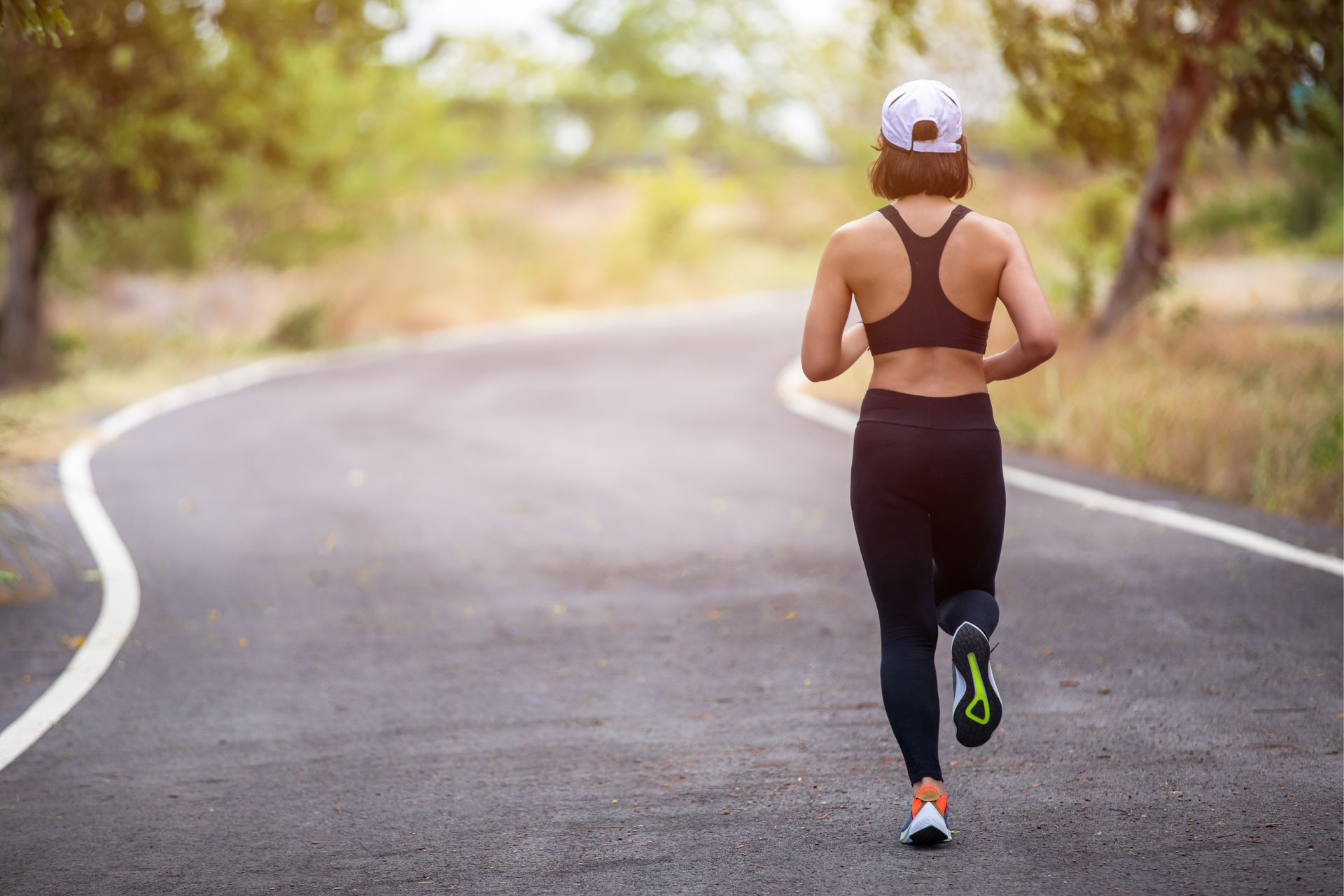What Are Bunions and Why Do They Hurt?
A bunion is a structural deformity that develops when the joint at the base of the big toe becomes misaligned. This misalignment happens when the big toe and the smaller toes are forced together, causing the joint to bulge outwards. This leads to a noticeable bony lump at the base of the big toe, often resulting in considerable pain and difficulties with movement.
The symptoms of a bunion often include pain, swelling, and redness at the bunion site, especially during activities such as walking or standing for extended periods.
Bunion pain usually stems from ongoing inflammation, friction against nearby tissues, and improper joint positioning, which becomes more pronounced during these activities. Millions of people worldwide deal with bunions, with women being more likely to develop them due to their shoe choices and inherent foot shapes. People with a family history of bunions or flat feet, or those who frequently wear tight or high-heeled shoes, are more likely to experience this condition.
Beyond limiting exercise or your favourite footwear, untreated bunions can lead to additional problems, such as calluses or hammertoes. Spotting bunion pain early opens the door to timely podiatric care that slows its progression and restores ease in daily life.

Uncovering the Root Causes and Risk Factors
Bunion development is multifaceted, with multiple potential causes, many of which are inherited. That’s why genetics often causes bunion pain, as a family background can pass on traits such as loose ligaments and misaligned bones. Issues with foot function, including overpronation or flat arches, worsen this by unevenly spreading weight over the front of the foot.
Outside influences, such as years of wearing constricting shoes with narrow toe boxes or elevated heels, push toes into awkward angles and accelerate the deformity.
Other causes of bunion pain include natural wear and tear from ageing, conditions like rheumatoid arthritis that inflame the joints, and jobs that repeatedly strain the feet. Excess weight adds to the load on the feet, heightening the risk, while past injuries may spark or intensify bunions. Athletes, particularly those who regularly pound the pavement, may experience bunion pain after running.
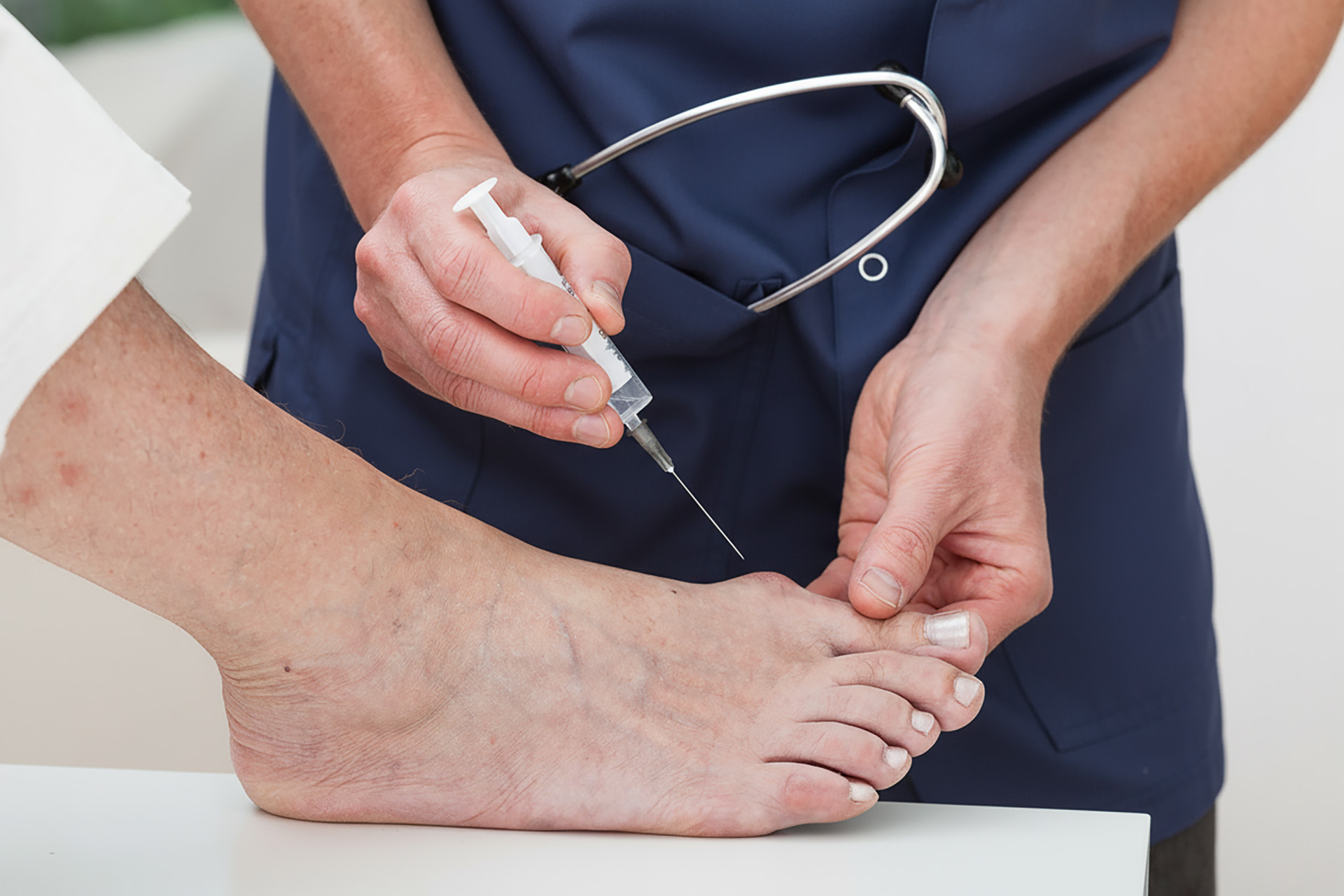
Recognising Bunion Pain Symptoms and Getting Diagnosed
If you are wondering ‘what does bunion pain feel like?, the symptoms often start subtly but build to a persistent throb or stabbing sensation around the big toe joint, and flare up with movement or when shoes rub against it. You may notice swelling, redness, or warmth over the protruding area, accompanied by limited toe flexibility that becomes increasingly stiff over time. In later stages, the shift can lead to toes overlapping, corns forming, or even bursitis, all of which can ramp up discomfort.
Diagnosis typically begins with a thorough examination by a podiatrist, who assesses your stance and gait to identify any imbalances. X-rays reveal the angle of bones, any joint narrowing, and signs of arthritis to gauge the disease’s severity. Sometimes, MRIs or ultrasound scans delve into soft tissues to provide a more detailed picture.
Tools like the RehaWalk® pressure sensor treadmill at The Foot Practice support this process by providing precise gait analysis, highlighting uneven steps or pressure points that contribute to bunion toe pain. Regular foot evaluations catch these issues early, averting bigger troubles down the line.
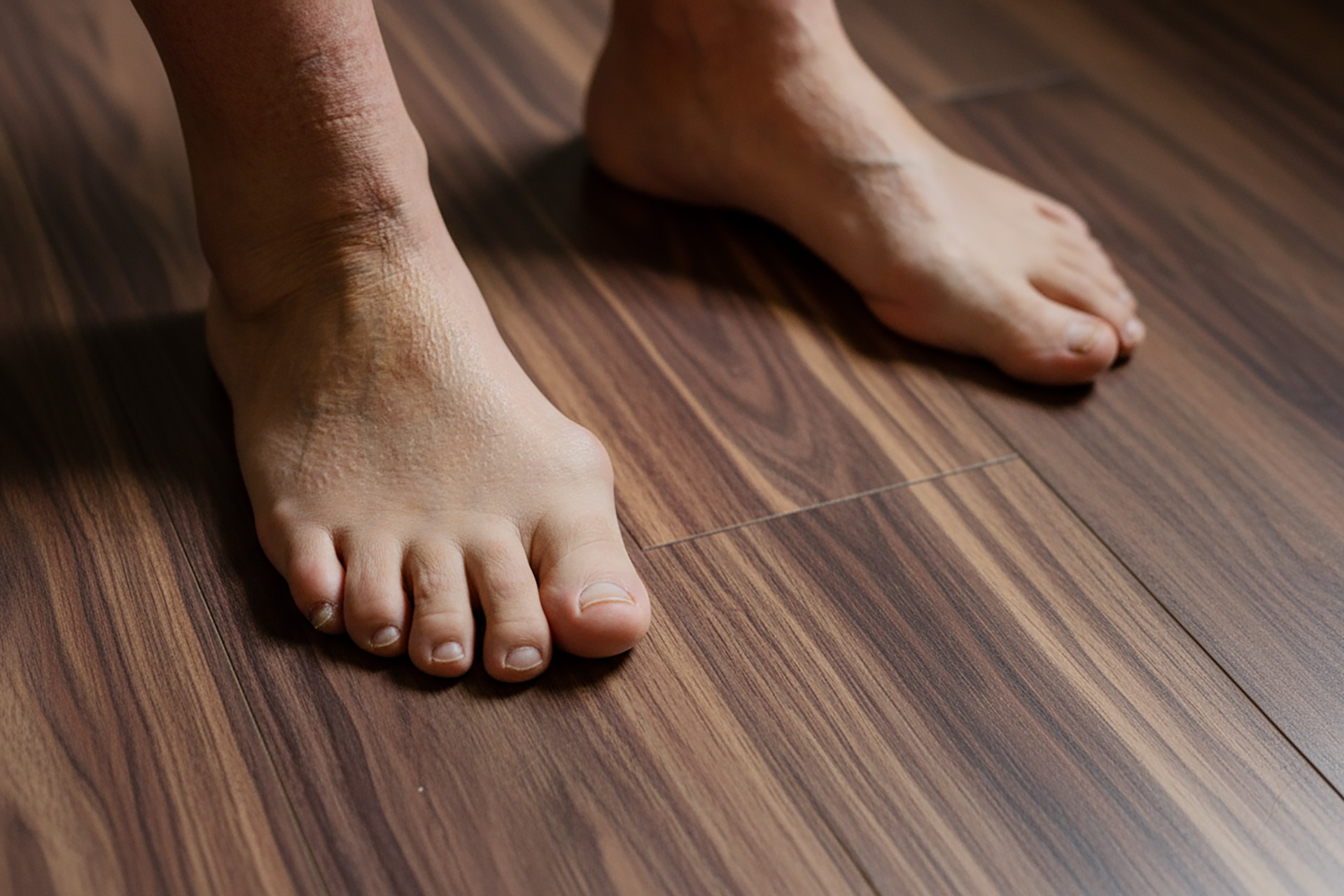
Exploring Bunion Pain Treatment Options
Tackling bunion pain treatment begins with gentle methods and moving to more invasive operations only when essential. Early on, the focus is on easing symptoms through adjustments in shoes and aids that support the foot, working to calm swelling and gently guide the joint back into alignment without causing discomfort. For cases where pain lingers, procedures such as bunionectomy remove the lump, realign the toe, and secure the joint.
Treatment plans depend on the intensity of the bunion pain, the extent of the deformity, and daily activities, such as running. Podiatric care plays a key role here, blending techniques such as detailed footwear assessments to pinpoint ideal shoe fits with custom orthoses that correct biomechanics, all part of a holistic approach to treating bunion pain effectively.
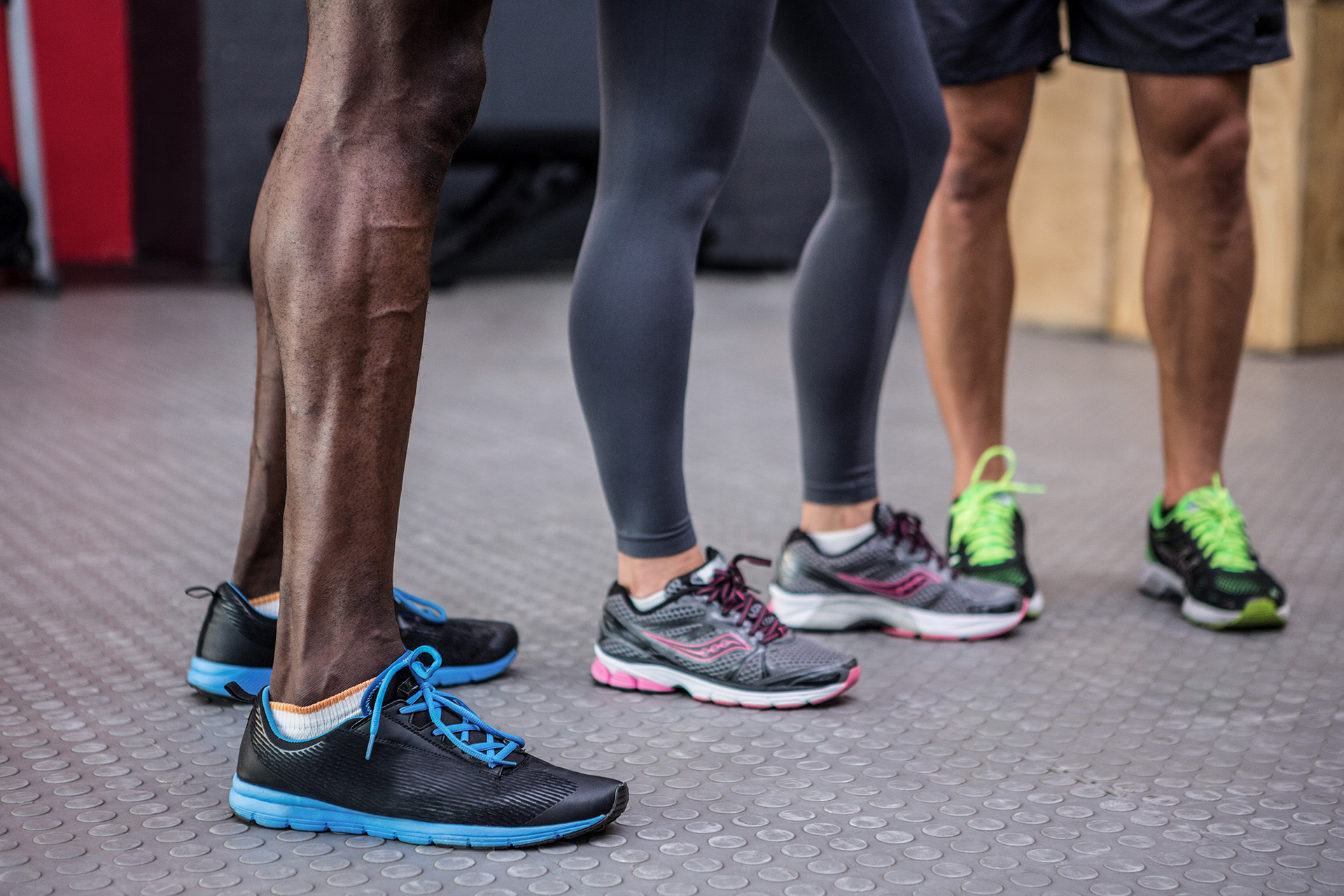
Non-Surgical Paths to Bunion Pain Relief
Non-surgical tactics offer solid bunion pain relief for many, steering clear of the operating table. Tailored orthoses, moulded precisely to your feet, shift pressure away from arches and the affected joint, easing bunion toe pain by promoting better alignment.
Pads or splints for bunions soften impacts, and spacers between toes help hold positions overnight. Physical therapy uses methods such as ultrasound or cold packs to reduce swelling, along with hands-on techniques to loosen tight joints. Medications like NSAIDs dial down inflammation for quick respite, though they do not target the root of the problem.
Shockwave Therapy emerges as a game-changer in this mix, delivering targeted sound waves to the bunion site to break up scar tissue, boost blood flow, and numb overactive nerves, providing notable relief without downtime.
When these elements combine, they often obviate the need for surgery, particularly in less severe cases, as comprehensive bunion pain treatment can support ongoing activity.

Lifestyle Adjustments to Combat Bunion Pain
Smart daily habits can help dial back bunion pain and keep it at bay. Keeping weight in check lightens the burden on the feet, which can help soften joint strain and reduce flare-ups. Swapping high-impact pursuits for gentler ones, such as swimming or cycling, keeps you fit while sparing your toes extra stress. Simple routines like daily moisturising ward off skin woes that might add to discomfort. Turning to podiatrists for bespoke guidance ensures these shifts stick and suit your life, incorporating advanced assessments to refine your movement and posture.
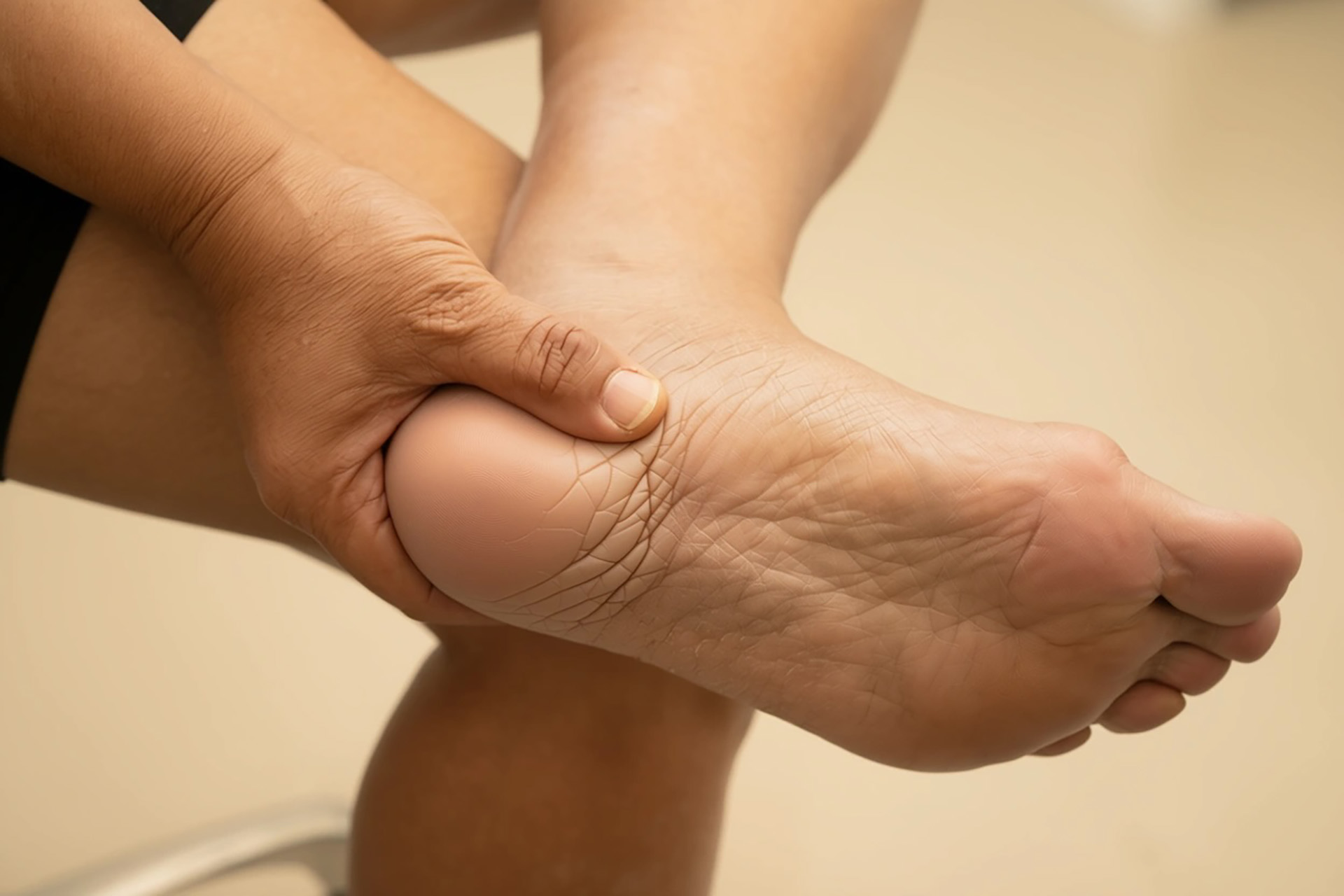
Smart Footwear Choices for Reducing Bunion Discomfort
Picking the right shoes is a cornerstone of lessening bunion pain, with shoes that prioritise space and support. Opt for designs featuring generous toe areas, heels no higher than a couple of centimetres, and airy fabrics that reduce rubbing. Steer clear of pairs with seams right over the bump, and choose soles that rock gently to ease your stride. Getting a professional footwear assessment from a podiatrist can be extremely helpful, as they analyse your foot type and gait to recommend options that fit flawlessly and incorporate supportive insoles, especially helpful for flat-footed individuals prone to bunion pain symptoms.

Exercises and Stretches to Strengthen Against Bunion Issues
Specific workouts target the foot muscles and enhance suppleness, directly addressing bunion pain by building resilience. Try toe curls or picking up small objects, like marbles, with your toes to strengthen inner support. Stretches that focus on extending the big toe can improve motion and reduce stiffness. Balance-oriented yoga moves round out foot wellness. Guided by trained professionals, these practices not only soothe current aches but also help prevent repeat injuries. They also integrate seamlessly with gait insights from systems like RehaWalk to fine-tune your form and offer you ways to treat bunion pain through movement.
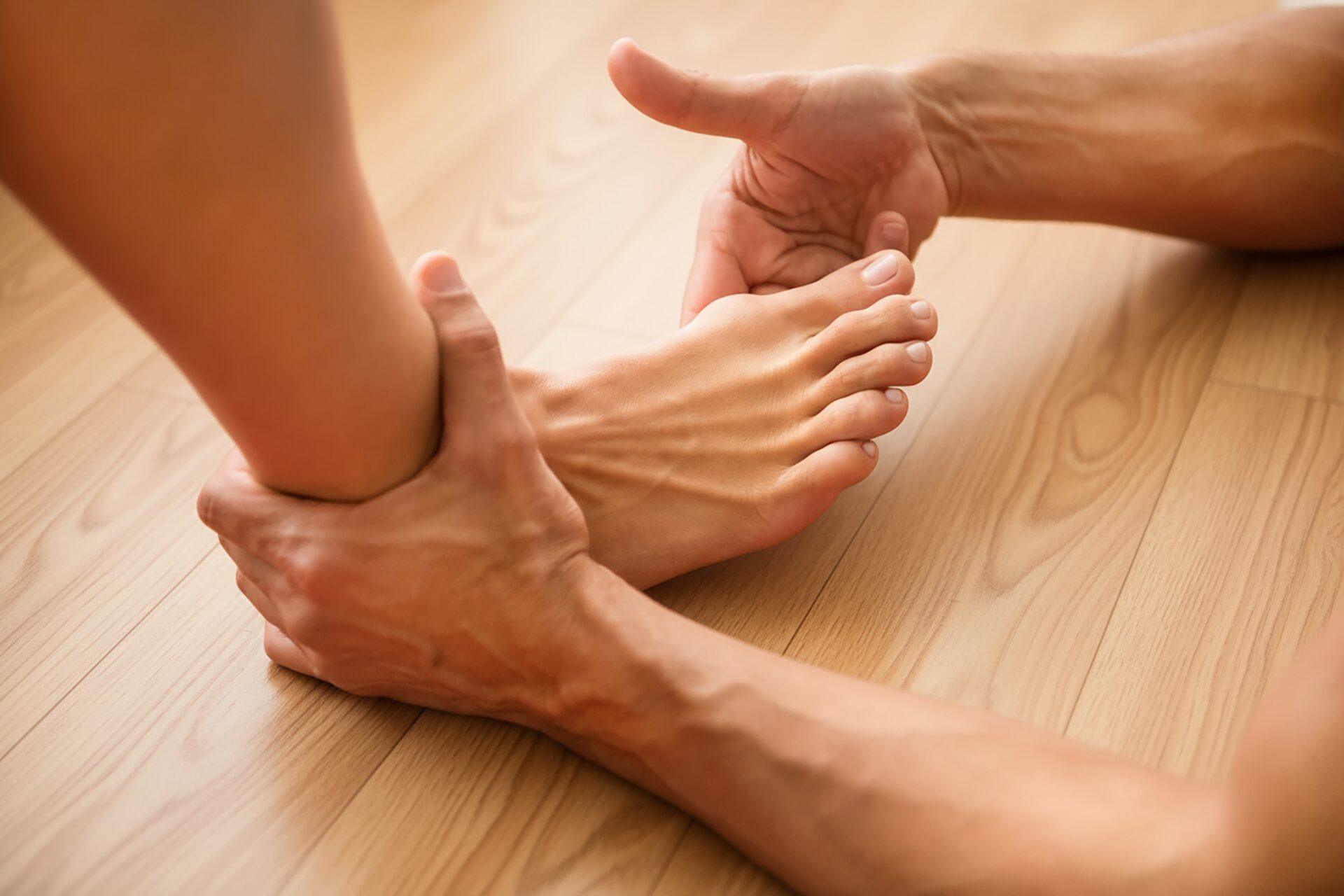
Strategies to Prevent Bunion Pain
Stopping bunion pain starts with proactive steps. Select supportive shoes, and make self-checks of your feet a habit to spot budding signs. Exercises that build strength, paired with steady weight control, create a strong barrier. Those at greater risk benefit from early orthoses to fix mechanical hitches. Yearly visits to a podiatrist help keep things on track, as their experience and advanced technology can identify and address problems early.
Guiding Your Recovery Post-Bunion Surgery
After bunion surgery, healing typically unfolds over 6 to 12 weeks. You ease back into bearing weight with aids such as crutches or protective boots after substantial rest. Therapy helps soften scars and retrain your gait. Adhere closely to medical professionals’ advice, as this can help mitigate risks, leading to stronger results and a lower risk of recurrence.
Building Lasting Foot Comfort and Support
Fostering long-term foot health requires a multi-modal plan that addresses the symptoms of your bunions and their cause. Shoes play a significant role in this, as do daily exercises. Regular visits to the podiatrist can also help keep your feet healthy and prevent bunions.
If persistent bunion pain is holding you back, reach out to The Foot Practice for a personalised consultation. Our team, equipped with cutting-edge approaches such as RehaWalk gait analysis and Shockwave Therapy, is ready to guide you toward pain-free steps.

